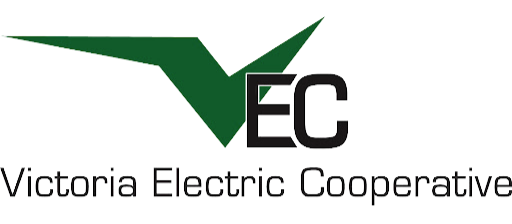Storm Safety
Storm Safety
- If you see downed or damaged power lines, stay back and call VEC immediately at (361) 573-2428.
- Limit the use of your freezer and refrigerator during extended storm outages. Food will remain frozen for up to 48 hours if the doors remain closed and the unit is in good working condition.
- When possible, avoid using candles for lighting. Candles pose fire hazards within the home.
- Contact VEC as soon as possible when your power goes out, no matter how many homes in your area appear to be affected by the outage.
- Appliances and electronics are extremely sensitive to electrical spikes from lightning or other faults. During electrical storms, disconnect these items from the electrical source.
- Keep a storm kit at home with extra flashlights, fresh batteries, bottled water and canned food.
- Improperly installed emergency power generators can expose your family to carbon monoxide poisoning and our crews to severe injury – or even death. For more information, contact VEC at (361) 573-2428.
Power Restoration Process
When the electricity goes out, most of us expect power restoration within a few hours. But when a major storm causes widespread damage, more extended outages may result. Co-op line crews work long, hard hours to restore service safely to the highest number of consumers in the shortest time possible. Here’s what’s going on if you find yourself in the dark.
When an outage occurs, line crews work to pinpoint problems (download infographic):
- High-Voltage Transmission Lines - Transmission towers and cables that supply power to transmission substations (and thousands of consumers) rarely fail. But when damage occurs, these facilities must be repaired before other parts of the system can operate.
- Distribution Substation - Each substation serves hundreds or thousands of consumers. When a major outage occurs, line crews inspect substations to determine if problems stem from transmission lines feeding into the substation, the substation itself, or if problems exist down the line.
- Main Distribution Lines - If the problem cannot be isolated at a distribution substation, distribution lines are checked. These lines carry power to large groups of consumers in communities or housing developments.
- Tap Lines - If local outages persist, supply lines, called tap lines, are inspected. These lines deliver power to transformers, either mounted on poles or placed on pads for underground service, outside businesses, schools, and homes.
- Individual Homes - If your home remains without power, the service line between a transformer and your residence may need to be repaired. Always call to report an outage to help line crews isolate these local issues.
Get the Right Generator For the Job
Before purchasing or operating a portable generator, make a list of the appliances you will need to run at the same time. Find both starting and running wattage requirements on appliance nameplates or in the owner’s manuals. Then add them up to determine the total wattage your generator should handle. Graphic of sample wattages.
Download a Hurricane Tracking Map

